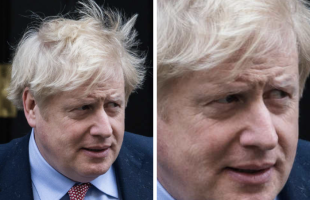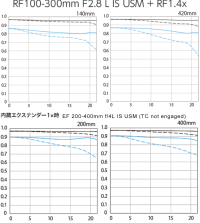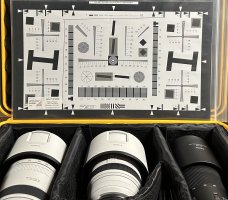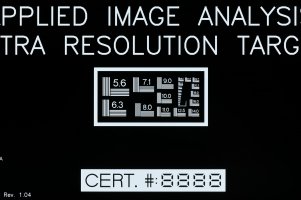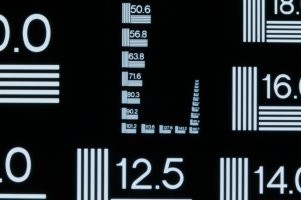L
Loswr
Guest
That depends on your use. I’m a firm believer in using a focal length appropriate to frame your subject at its distance, if possible. MTFs can be compared, but I wouldn’t use a 300mm lens for a subject better served by a 500mm lens. The 85/1.2 may have a wickedly sharp MTF, but I’m not going to use it for a distant flying bird.I have a slightly different take on those MTFs from my perspectives of use.
Conversely, as we discussed earlier with the badly framed horse example, the 100-500 will not outresolve the 100-300 with both at 300mm, if that’s the right focal length to frame the subject.
The 100-300/2.8 is going to be great for field sports and indoor events/sports, and for portraits. The extra focal length of the 100-500 at 500mm can, in principle, outresolve the 100-300 at 300mm, which might enable me to see individual nose hairs on a subject, but that’s not an advantage if the chin and ears are cut out of the tighter framing. Then again, if the 100-300 needs to be at ISO 6400 for the required shutter speed, the 100-500 would be at ISO 40000 and very well might not outresolve the 300/2.8 image.
Upvote
0

